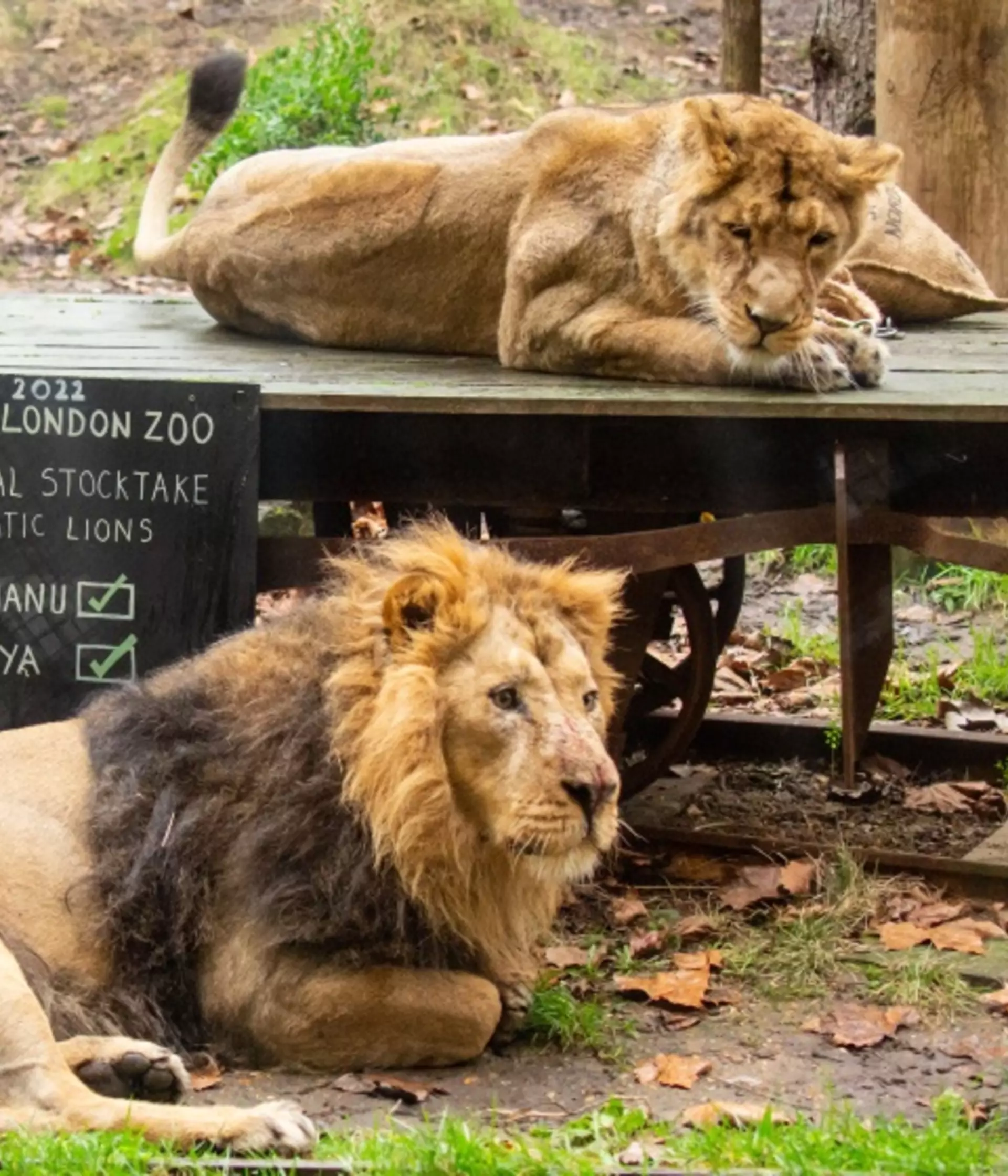Dedicated zookeepers at London Zoo have dug out their clipboards and calculators to begin counting the animals at the Zoo’s annual stocktake this week.
Keepers faced the tricky task of tallying up every mammal, bird, reptile and invertebrate at the Zoo – counting everything from a colony of inquisitive Humboldt penguins to Critically Endangered Sumatran tigers.
The Zoo welcomed many new arrivals during 2021, all of which will be recorded for the first time during the yearly stocktake: Asiatic lioness Arya arrived from Paignton Zoo in April as a new mate for male Bhanu, while the Reptile House saw the hatch of three snappy big-headed turtles, whose parents were rescued from the illegal wildlife trade.
Rounding off the year, Sumatran tigress Gaysha gave birth to a tiny cub just before Christmas, bringing the tiger tally at London Zoo to three and boosting global breeding programme numbers for the Critically Endangered species.
Also featuring in the tally for the first time are three baby Eastern black and white colobus monkeys, born in Gorilla Kingdom over the summer; the adorable youngsters will join the rest of the troop in moving to the Zoo’s new Monkey Valley exhibit this year - ahead of its official opening this summer.
London Zoo’s head zookeeper Dan Simmonds said: “London Zoo is home to more than 400 species, from Endangered Asiatic lions to Critically Endangered Chinese giant salamanders - we’re working not only here in the Zoo to increase their numbers and learn more about these amazing animals, but also on conservation projects around the world.
“We have to submit an updated number of animals each year as part of our zoo license, which is also shared with the international zoo community to inform our global conservation breeding work - the stocktake also a chance to reflect on all the amazing births and arrivals we’ve celebrated over the past year.”
For some zookeepers the task is as easy as 1-2-3, but imaginative tactics are used by others to ensure every resident at the Zoo is accounted for - the Tiny Giants team cheat and count ant colonies as one, instead of tracking hundreds of individual ants, while the aquarists take photographs of the moon jellyfish tank to help complete their count.
The annual audit takes keepers almost a week to complete and the information is shared with other zoos around the world via a database called ZIMS, where it’s used to help manage worldwide conservation breeding programmes for endangered species.
VISIT LONDON ZOO
